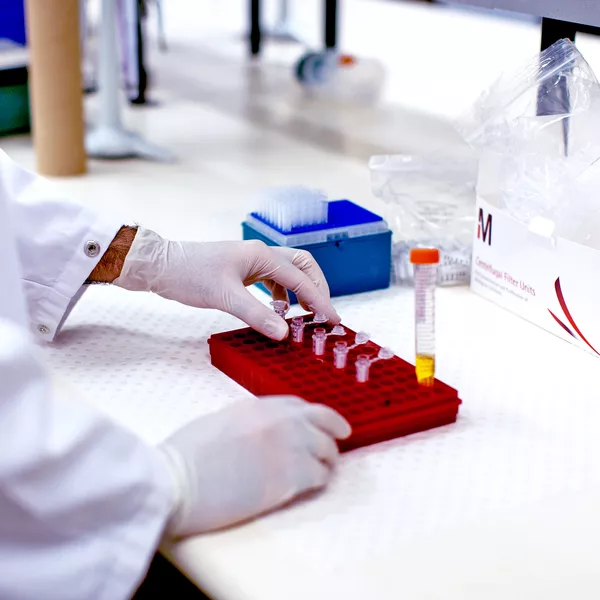The Arterial Inflammation and Redox Biology Group, led by Professor Roland Stocker, has published a paper in the prestigious Nature Communications journal.
The research team included Dr Anita Ayer and Dr Stephanie Kong, as well as Dr Chris Stanley, now the Microvascular Research Unit leader at HRI.
In their work “Hydrogen peroxide signaling via its transformation to a stereospecific alkyl hydroperoxide that escapes reductive inactivation”, the Group investigated the formation and elimination of chemicals that act as “signalling molecules” when cells “communicate” the execution of biological tasks within and amongst themselves. Among such molecules are chemicals that undergo a reduction-oxidation (redox) change as part of the signalling, a process referred to as redox signalling. Redox signalling in animals and humans is commonly thought to involve two molecules. One of these is hydrogen peroxide, although it has remained largely unclear how hydrogen peroxide can “redox signal”.
The Group’s research provides insight into this mechanism by showing that hydrogen peroxide is transformed into a chemically different “hydroperoxide” that can “redox signal” more effectively and more specifically than hydrogen peroxide.




